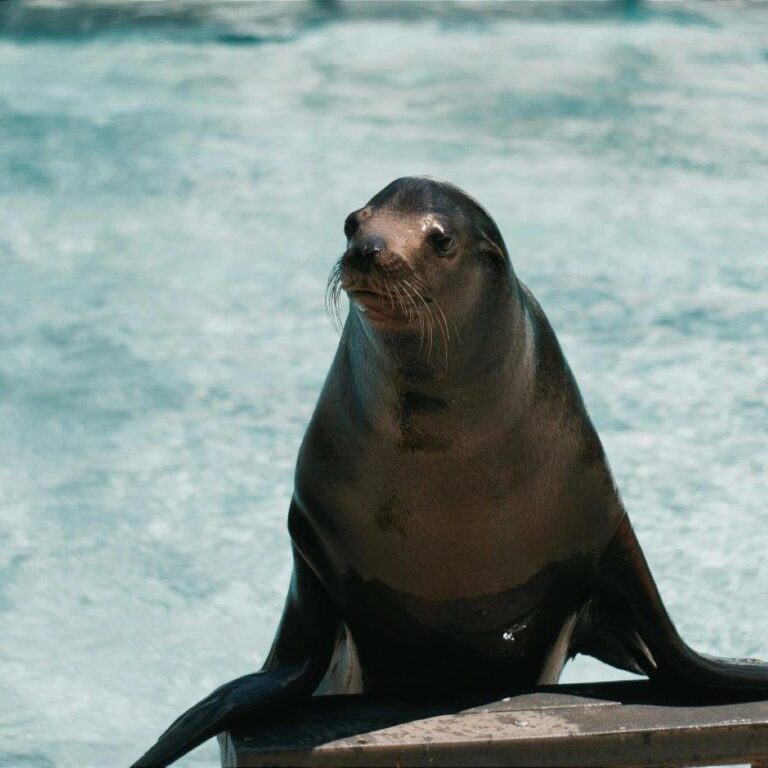Leopards are the most widespread of all big cats, found across Africa, the Middle East, and parts of Asia, including India, China, and Southeast Asia.
Leopards are highly adaptable and can live in a variety of habitats, including savannas, forests, mountains, and even urban areas. They are one of the few big cats that thrive close to human settlements.
The leopard's distinctive coat features rosette-shaped spots, which provide excellent camouflage in the dappled light of their natural habitat, helping them ambush prey.
They are incredibly strong and can carry prey up to three times their own body weight. They often drag their kills up into trees to keep them safe from scavengers like hyenas and lions.
Leopards are solitary animals and are highly territorial. They communicate with each other through scent markings, vocalizations, and visual signals to avoid direct confrontations.
Their diet is highly varied, including antelope, deer, monkeys, birds, and even insects. Their adaptability in diet helps them survive in diverse environments.
Leopards are excellent climbers and spend much of their time in trees, especially during the day. They are also strong swimmers and are comfortable in water, unlike many other big cats.
The black panther is not a separate species but rather a melanistic leopard or jaguar. The black coloration is caused by a genetic mutation that results in excess melanin.
Leopards have a unique way of hunting. They rely on stealth and surprise, often stalking their prey closely before launching a quick, powerful attack.
Female leopards give birth to one to three cubs after a gestation period of about 90 to 105 days. The cubs are born blind and rely on their mother's care and protection for the first few months of life.
Leopards are known for their distinctive rasping call, often described as a 'sawing' sound. This call is used to communicate with other leopards, particularly during mating season.
The Amur leopard, native to the Russian Far East, is one of the rarest and most endangered big cats in the world, with fewer than 100 individuals remaining in the wild.
Leopards are primarily nocturnal, meaning they are most active at night. This behavior helps them avoid the heat of the day and reduces competition with other large predators.
Despite their elusive nature, leopards are often depicted in art, folklore, and mythology across various cultures, symbolizing power, agility, and mystery.
Conservation efforts for leopards are crucial, as they face threats from habitat loss, poaching, and human-wildlife conflict. Protecting their natural habitats and promoting coexistence with humans are essential for their survival.


